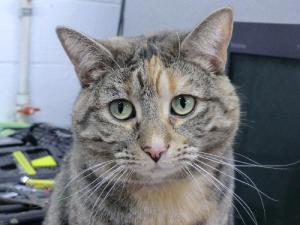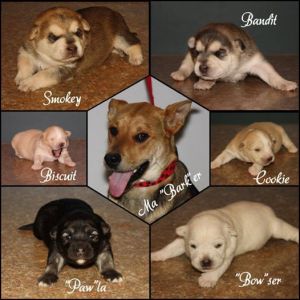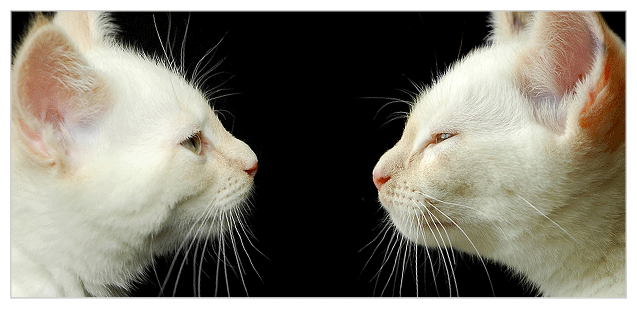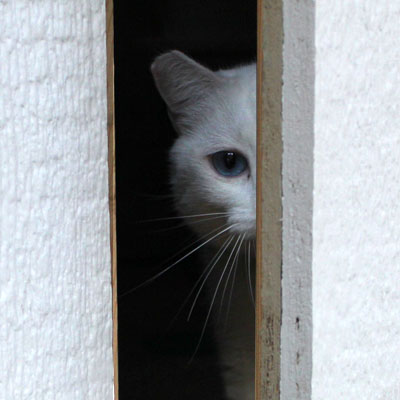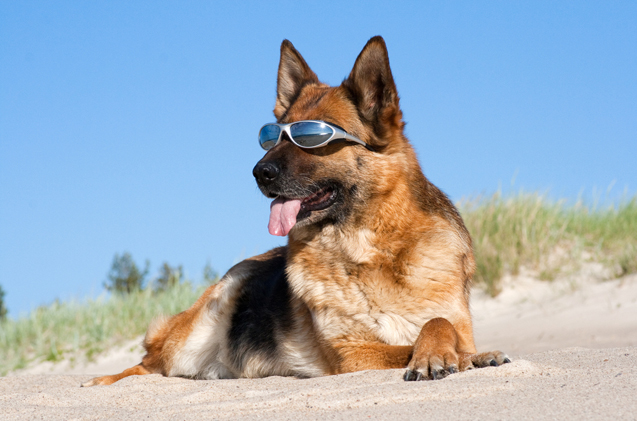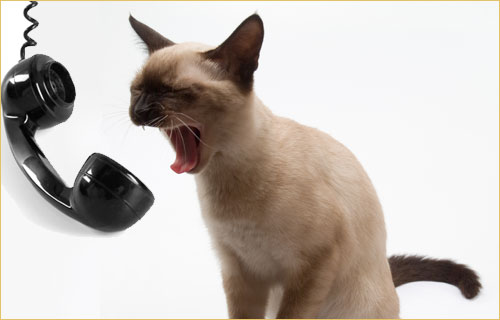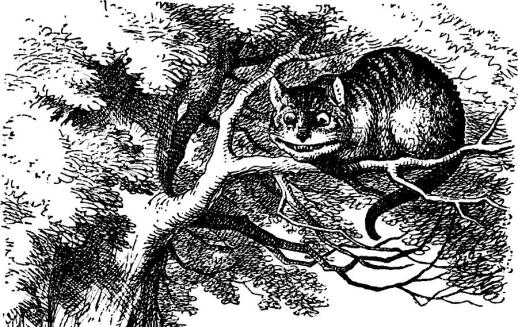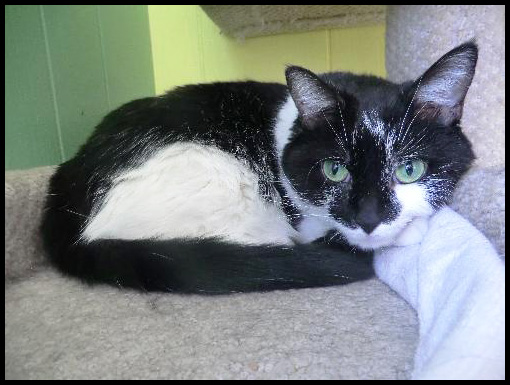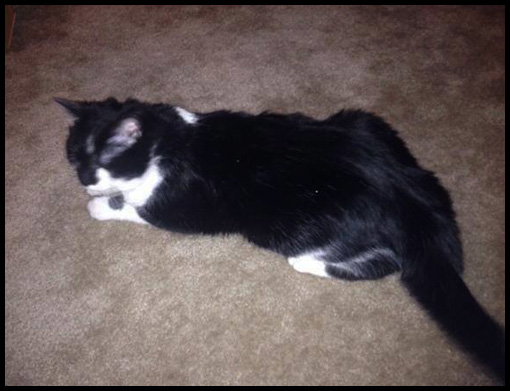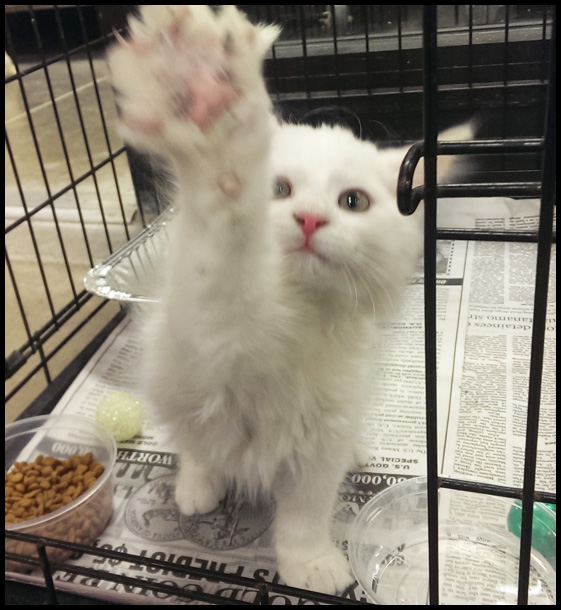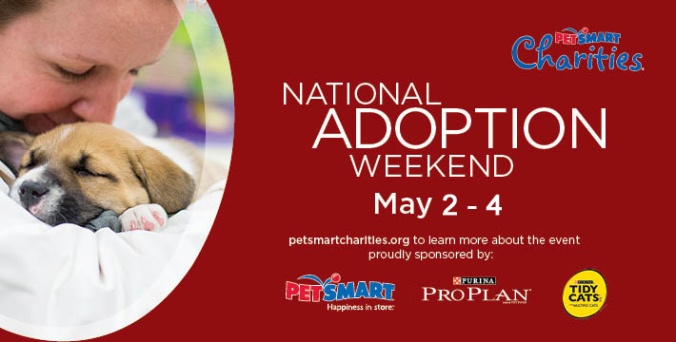by Chrissy Reese
When choosing a cat to adopt, it is often difficult to see anything past the adorable kittens – their plaintive mewling draws you in, their tiny paws reach out to you from behind the bars of their cages, and their sweet playfulness seals it. Who wouldn’t want a kitten in their home, making their lives brighter? However, if you’ve never owned a kitten or haven’t owned one in a few years, you may forget that they’re not sweet, cuddly creatures 24-hours a day. Your furniture, curtains and toilet paper may often be mistaken for a place to sharpen claws. Everything that you own is a potential toy – around our house, favorites include glasses of water, any type of lip balm, my skin care and my boyfriend’s cough drops. And then there’s the unexplainable running around the house, yowling, at 4 a.m. There is no place that they won’t climb, wiggle-into or otherwise explore – whether you approve or not. It’s sometimes difficult to remember that kittens are babies, and at times, cat babies can be almost as difficult as human babies.
So if you haven’t got a lot of time and patience to lend to a kitten, stroll past them and look at the cats that may be a little less vocal and playful – the adults and seniors. If they seem a bit shy or scared, it’s most likely because they’re in an environment they’re not used to – they most likely grew up in a warm and loving home and were unfortunately given up due to circumstances well beyond their control. Or perhaps their past has been a little bit rougher and they just haven’t experienced a true bond yet. Whatever their story, these cats often spend the longest amount of time at shelters – and they are just as deserving of your love. Beyond that, there are plenty of advantages to older cats!
